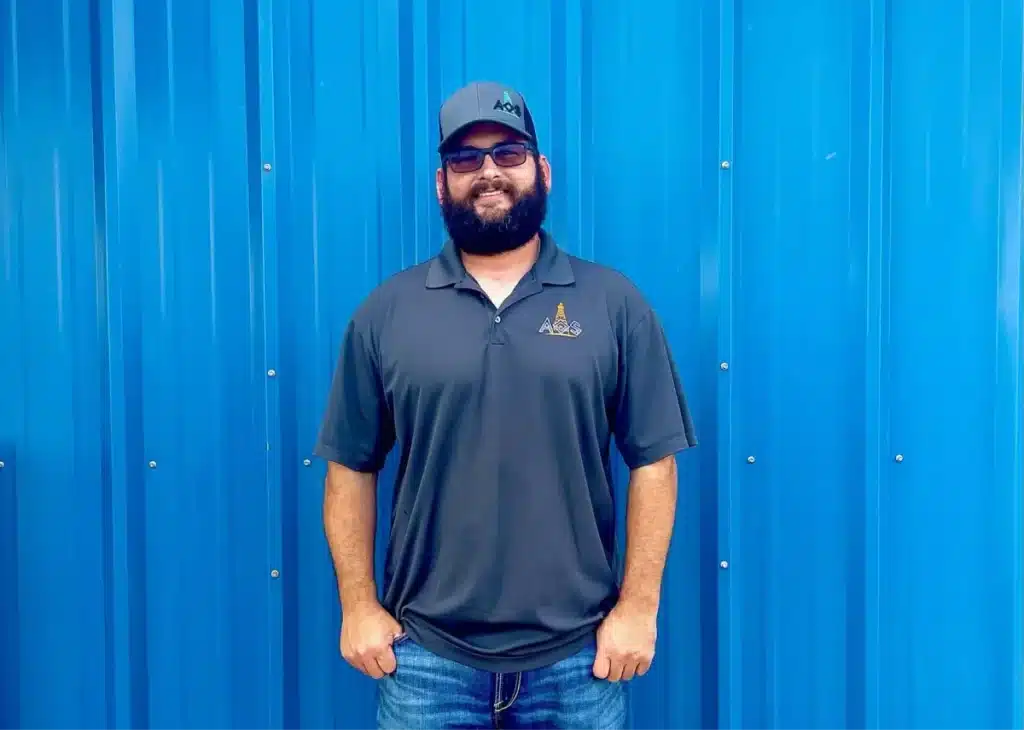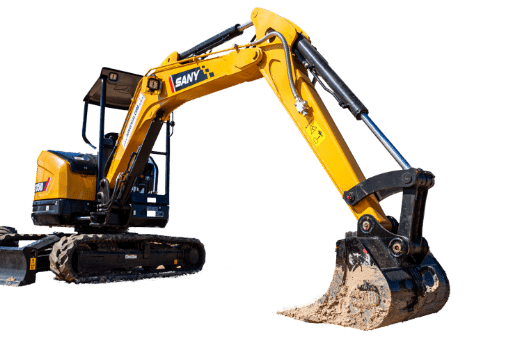Have you ever wondered how beautiful gardens are created? What magic happens behind the scenes that transforms a barren piece of land into a lush, green paradise? The answer lies in the power of a machine called a rototiller. What is a rototiller used for? It’s a fantastic tool that, when used correctly, can make your gardening dreams come true.
Rototiller functions and tips (The TL;DR)
Here’s what matters for gardeners and landscapers:
- A rototiller breaks up soil, making hard ground loose and ready for planting. It helps mix in compost and control weeds in gardens and landscaping.
- The machine uses rotating tines powered by gas or electricity. It churns soil, uproots weeds, and blends in amendments like fertilizer or compost.
- Front-tine, mid-tine, and rear-tine models meet different needs. Rear-tine tillers work best for tough soil and breaking new ground.
- Rent a rototiller for occasional use to save money. Daily rates start at $40–$50 at most hardware stores.
- Prepare your area first. Check soil moisture, adjust depth, and till in multiple directions. Avoid over-tilling to keep soil healthy.
This summary covers what a rototiller does, how it works, and key tips to get the best results when preparing your soil for planting.
Understanding the Rototiller
Rototillers, also referred to as garden tillers, is a powerful machine used to pulverize, churn and blend the soil, making it ready for planting. It’s like a bulldozer for your garden, strong enough to break up hard soil and turn it into a soft bed ready to welcome plant seeds.
The Working Mechanism of a Rototiller
The rototiller performs its magic using rotating blades, also known as tines, which are driven by an engine powered by gas or electricity. As the tines rotate, they penetrate the soil, breaking it up and mixing it to prepare the ground for planting.
When is a Rototiller Needed
The rototiller is a gardener’s best friend when it’s time to start a new garden. It’s particularly useful when the soil is compacted due to lack of cultivation, flooding or matted roots. A rototiller can break up compacted soil or deep rooted plants, making it easier to dig and plant in your garden.

What Can a Rototiller Do?
The primary uses of a rototiller are to break ground and make loose soil. A secondary use of a rototiller is to be a weapon against weeds. It can uproot and displace weeds, making your smaller gardens weed-free. Moreover, a rototiller can aerate soil as well as incorporate soil amendments like compost or fertilizer into the soil, enhancing its fertility and making it more conducive for plant growth.
Different Types of Rototillers
Rototillers come in different shapes and sizes, each designed for specific gardening needs. There are three main types of rototillers: front-tine, mid-tine, and rear-tine models.
Front-tine Tillers
Front-tine tillers are lightweight and easy to handle. They are perfect for small garden plots with sandy or loamy soil.
Mid-tine Tillers
Mid-tine tillers are less common and are designed to cut forward through the soil, rather than downward, making them faster than other types.
Rear-tine Tillers
A more powerful and suitable tiller for breaking new ground with tough soil. The tines in these rototillers are located at the back and can move in the opposite direction of the wheels, allowing them to penetrate the soil more deeply.
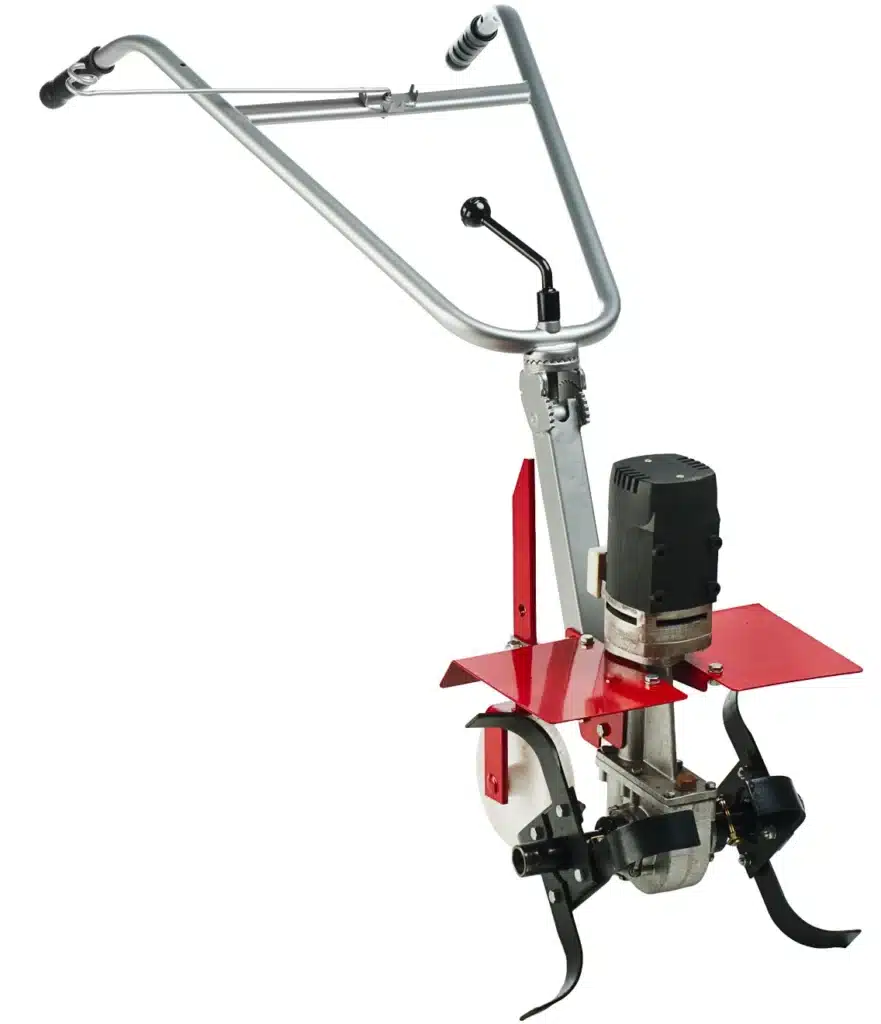
Renting or Buying a Rototiller
Owning a rototiller can be a significant investment, and it might not be necessary if you only use it occasionally. In such cases, renting a rototiller seems like a practical option. You can rent a rototiller from many hardware stores, with rates starting from around $40 to $50 per day.
Using a Rototiller – Step by Step Guide
So, you’ve got your hands on a rototiller. Now what? Here’s a step-by-step guide on how to use a rototiller!
Prepare Your Garden
Remove any large debris, sticks, and rocks from your garden. If you’re tilling a lawn, use a sod cutter to remove the old sod or existing grass.
Check the Soil
Ensure the soil structure is not too dry or too wet. If it’s too dry, sprinkle some water. If it clumps together, it’s too wet.
Set the Depth
Adjust the rototiller’s depth bar according to the plants you plan to grow.
Add Compost
After the first round of tilling, add compost or fertilizer to the soil and then begin tilling again to mix these materials into the soil.
Change Direction
Once you’ve tilled in one direction, till in the opposite direction for best results.
Rake the Area
Use a rake to smooth out the soil and get it ready for planting.
Wait
Wait for about two weeks for any weed seeds to germinate and then use the rototiller once more to eliminate them.
Plant
Now your soil is ready for planting seeds! The opportunities are endless as far as what you would like to plant in your new garden! Anything from vegetables, to fruits, or even your favorite flowers could thrive in your newly tilled garden!
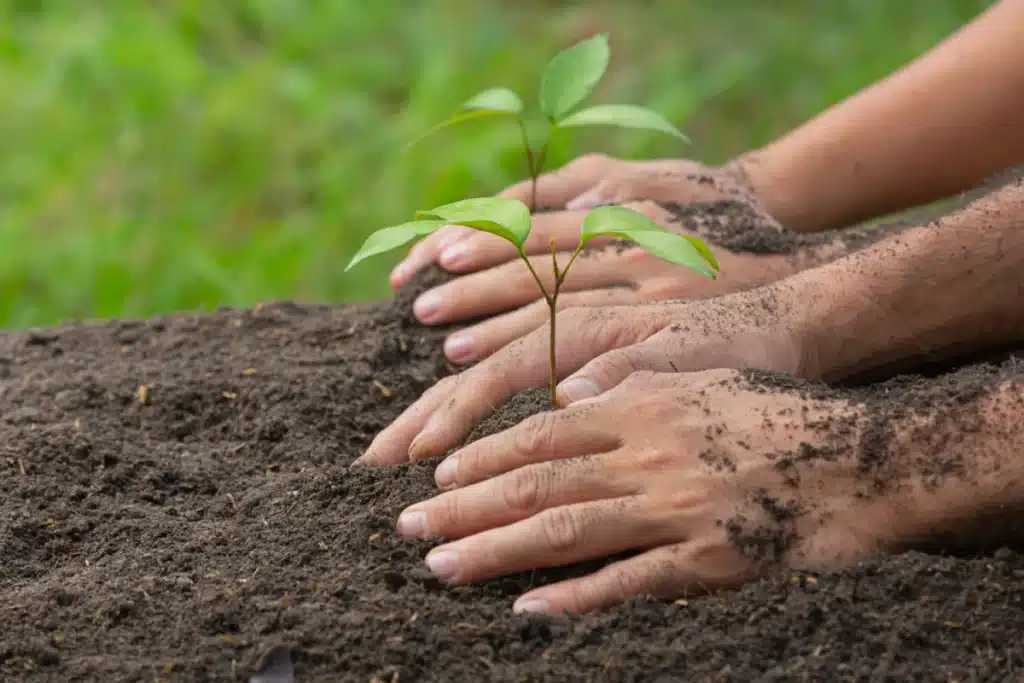
Rototiller Maintenance Tips
To ensure that your rototiller functions efficiently, remember these key tips:
Clean the tines periodically
Remove any tangled or built-up debris to prevent system breakdowns.
Check the ground’s moisture
The ground should have enough moisture for best results. If it feels too dry, wet the area and give it some time to soak up the water.
Spread mulch and fertilizer
Doing this before using the rototiller can greatly enhance the soil’s health. As the rototiller tears through the soil, it can help incorporate the fertilizers allowing for a healthier garden.
Check the settings
Make sure to double-check the settings of your rototiller and adjust them accordingly.
Rototillers and Soil Health
While rototillers are fantastic tools, they should not be used too frequently. Over-tilling can disturb beneficial organisms in the soil, such as earthworms. It’s best to use a rototiller only when necessary, such as when starting a new garden, working soil additives, or trying to stir soil.
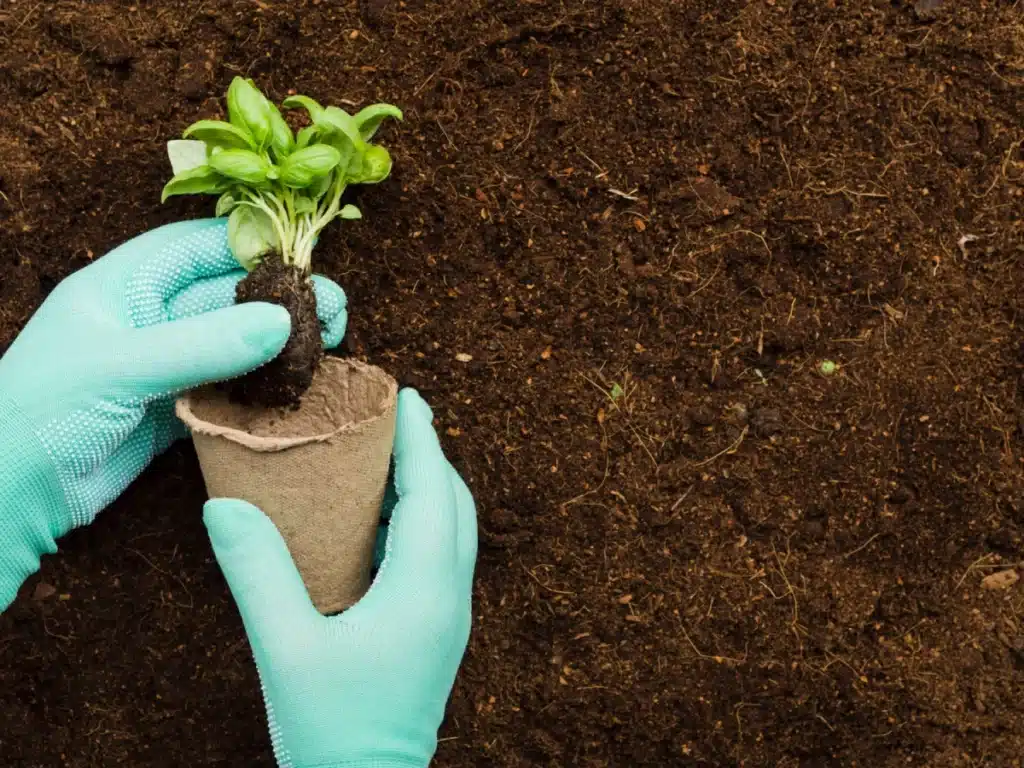
Conclusion
The rototiller is indeed a gardener’s best friend. It’s a powerful tool that can transform a piece of hard, compact soil into a fertile garden, ready to welcome plant seeds or leafy plants. However, as with all tools, it should be used wisely and in moderation. And remember, a rototiller is not a substitute for proper gardening practices – it’s merely a tool to make those practices easier and more effective. Consult the user’s manual to determine if you need straight or overlapping passes.
Ready to experience the magic of a rototiller in your garden? Contact AOS Rental today! Whether you need to rent or buy a rototiller, our team of experts is ready to guide you and help you choose the right tool for your gardening needs.
